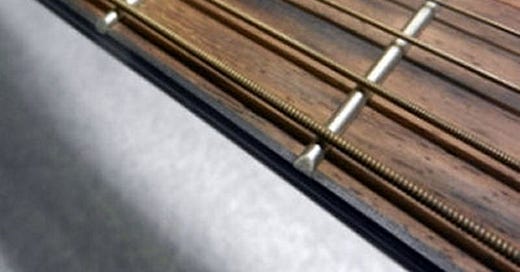How well do you know your fretboard?
Do you know all of the notes? [Intermediate Beginner Lesson]
Keep reading with a 7-day free trial
Subscribe to SoundHole Guitar Lessons to keep reading this post and get 7 days of free access to the full post archives.





